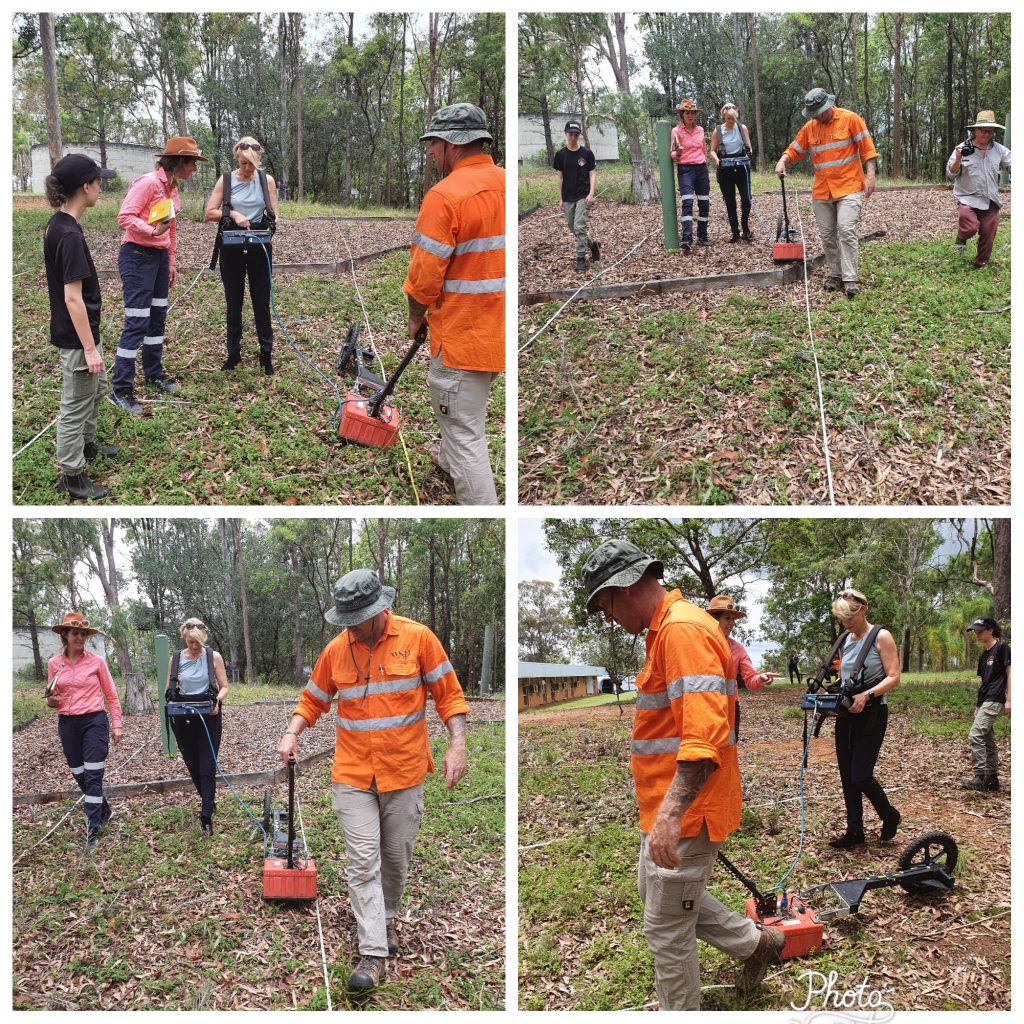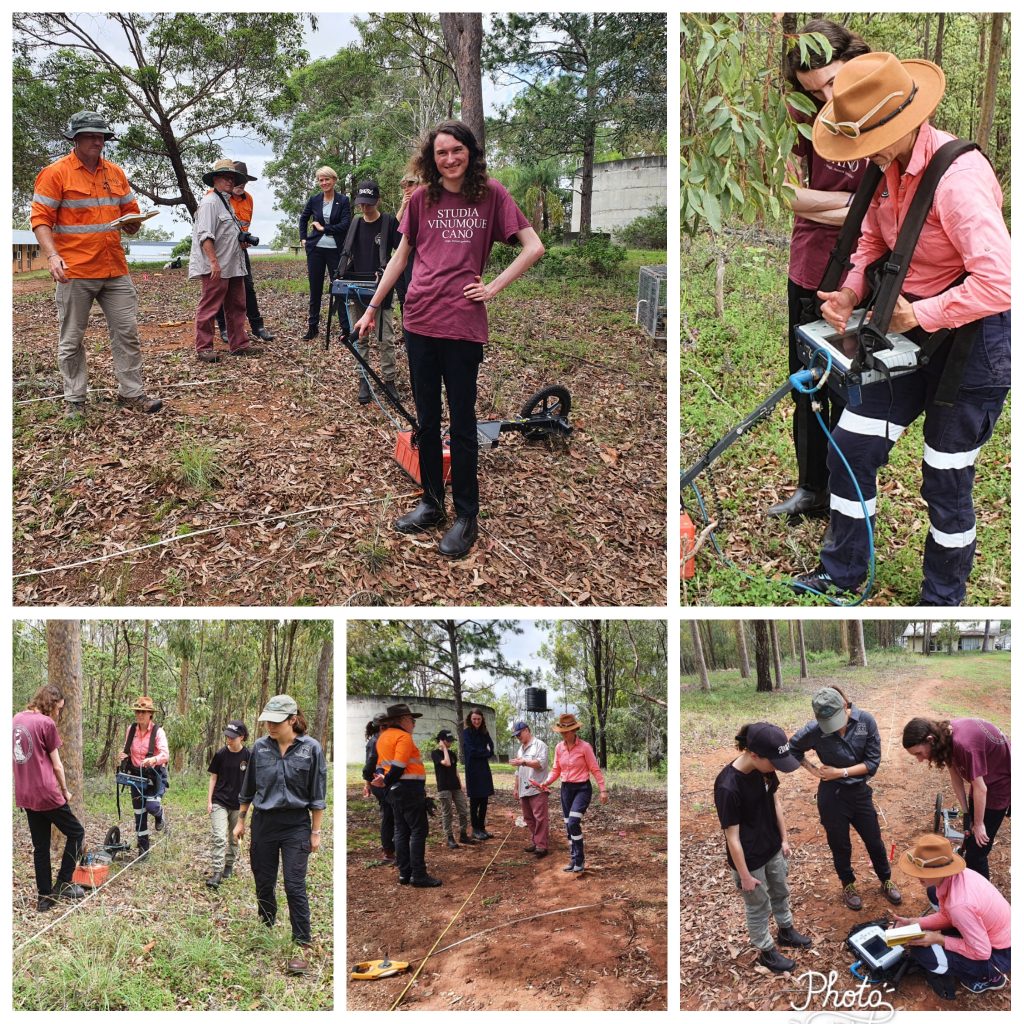When the Japanese invaded Netherlands East Indie (NEI) in 1942, most members of the NEI Government had been able to flee to Australia and organised themselves in Melbourne. Following hastily established diplomatic relationships in January 1942, the Australian Labor Government offered the Dutch almost unlimited support in relation to facilities and training, while at the same time providing them with a remarkable high level of independence for their operations in Australia.
The NEI organisations were unable to regroup in the Netherlands as the home country was under the occupation of Nazi Germany. The Dutch government was also in exile, headquartered in London.
The NEI Government-in-Exile was formed in April 1942. This was the first, and only time, that Australia hosted a government in exile.
Some 20.000 Dutch people arrived in Australia during February and March 1942.
In the chaos of those days before the capitulation the various Departments of the NEI Government including the army, navy and air force became scattered across Australia. Communication and travel between the various offices became increasingly more difficult and time-consuming once they became more organised.
When it became clear that liberation of NEI was coming within sight, the decision was made to prepare for the return to NEI. For a return after the liberation, consolidation was urgently needed, so in 1944 it was decided to centralise the various headquarters of the NEI organisations to “Camp Columbia “at Wacol in Brisbane.
The Americans had built Camp Colombia in October 1942 and in April the following year it became the headquarters of the US 6th Army. However, General MacArthur’s headquarter was moved to a new base at Hollandia, Dutch New Guinea once it was liberated in June 1944.
Wacol now became the Dutch headquarters. Situated across Ipswich Road close to the Wacol railway station, Camp Columbia comprised of offices, barracks, accommodation huts and an internal road network.
The last people left Camp Columbia in 1947. The largest part of the site was turned into a prison complex – The Brisbane Correctional Centre.
In 2021 an archaeological project was announced to investigate the site. Dutch partners in the project includes the Netherlands Ministry of Defence and is funded by the Netherlands Embassy.
The project is supervised by Emeritus Professor Ian Lilley FSA FAHA (BA Hons, MA Qld, PhD ANU). Ian is an international discipline leader whose interests focus on archaeology and heritage in Australasia, the Indo-Pacific and globally. He also has a continuing visiting appointment as Willem Willems Chair for Contemporary Issues in Archaeological Heritage Management at Leiden University in the Netherlands. Leiden is continental Europe’s leading university in archaeology and among the global Top 10 in the discipline. In addition, he is an Advisor to the Centre for Global Heritage and Development (Leiden University, Delft University of Technology and Erasmus University Rotterdam).


The broader story of Wacol
| Japanese invade NEI – 20.000 Dutch people fled to Australia (most of Indonesian decent or from mixed parents). NEI-Government-in-Exile established in Australia – the first and only one ever operated in Australia. Wacol became the headquarters of the NEI-Government-in-Exile. The Dutch transported Indonesian political prisoners from Tanah Merah in Dutch New Guinea to Australia (mostly well-educated people). Australia forces the Dutch to release these prisoners, amazingly many of them became employed at the NEI-Government-in Exile (where they had easy access to communication equipment to stay in contact with their compatriots in Indonesia). These Indonesian were able to harness support for a free Indonesia. Australian Unions established a boycott of all Dutch re-colonialisation shipping to NEI (Black Armada) the largest maritime boycott ever. Australia played a key role in the negotiations of a free Indonesia (and simultaneously in the creation of the UN). Australian military established the first ever peace mission of the UN (in Indonesia). The case of a stranded NEI women Annie O’Keefe caused a ruling from the High Court that became the start of the end of the White Australia Policy. Because the Dutch lost Indonesia, most of the related history got buried and was never looked at. The Dutch Government is funding archaeological research in Wacol – which played a pivotal role in this history – this broader story gets more attention. |
Click here for more more information on the Dutch-Australian history in relation to NEI
Click here for a profile of Professor Lilley

